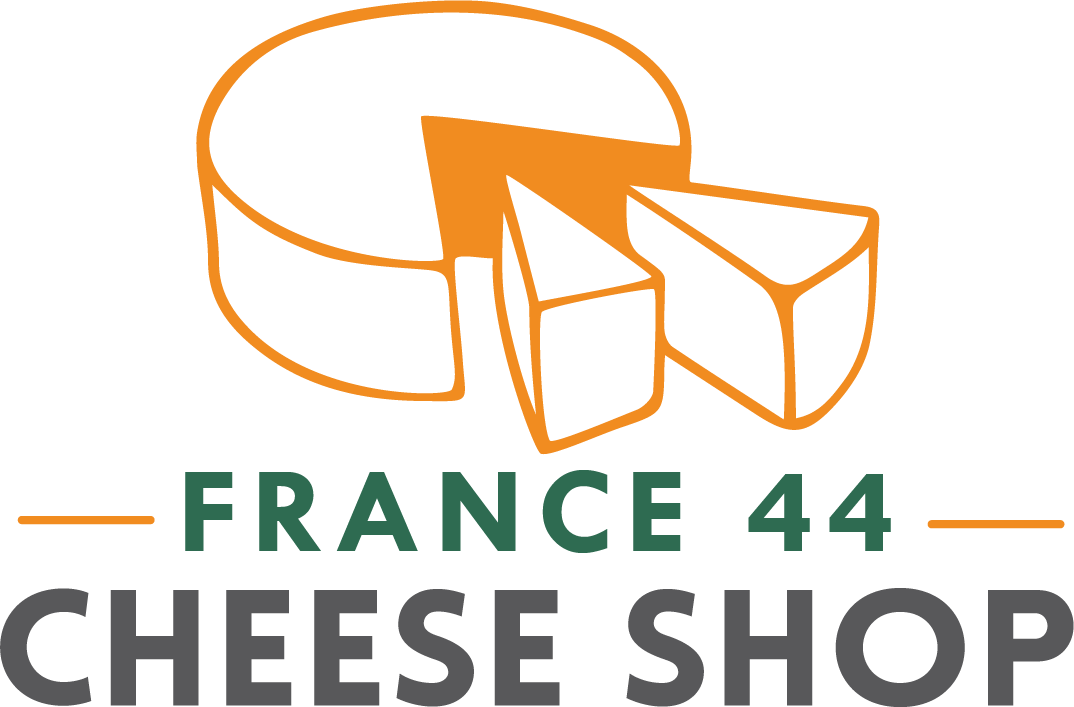When you stop by the store during the Holiday season you’ll most likely encounter a cheesemonger jazzed to tell you about the amazing seasonal cheeses we have in stock. In fact, when someone asks me “what tastes good?” I have a hard time deciding what cheese deserves that accolade. We don’t just bring out the ‘good stuff’ because it’s the end of the year, many of these cheeses are seasonal. And right now it’s RUSH CREEK RESERVE SEASON!
Before I can even get to the Rush Creek Reserve story, we have to travel to Europe. Vacherin Mont d’Or (or Vacherin du Haut-Doubs depending on what side of the border between France and Switzerland you buy the cheese) is Rush Creek Reserve’s inspiration. If you’ve ever seen the full 90 lbs wheels of Comte and Gruyere that come through our door, it would stand to reason that the milk that goes into making these cheeses doesn’t just come from one farm but many farms. These farmers are called fruitieres. The fruitieres send their very young wheels of Comte to affineurs (cheese agers) to be ripened. Two Hundred years ago when winter rolled around sending young cheese and milk across distances was not so desirable. Enter Mont D’Or. When the cows came in from pasture and the temperature dropped, farmers would make Mont D’Or, a raw milk oozy wash-rind cheese wrapped in spruce bark for themselves. Unfortunately, Mont D’Or cannot be found in the U.S.A. FDA regulation only allows for raw milk cheeses aged for over 60 days to be imported and sold here. Luckily, Andy Hatch’s cheese can fill the void.
Andy Hatch with the herd at Uplands Dairy
Andy Hatch operates Uplands Dairy in a similar fashion to alpine cheesemakers from Europe. During the summer months, his cows graze on fresh pasture in the Driftless Region of Wisconsin and with their milk he makes the alpine inspired cheese Pleasant Ridge Reserve. Just like the big alpine cheeses of Europe (ex. Comte, Gruyere, Beaufort) Pleasant Ridge Reserve is a raw milk cheese that has wonderful nutty, fresh floral grassy flavors, with a dense creamery texture and slight crunch. And just as the alpine cheesemakers use winter milk for Mont D’Or, Andy makes Rush Creek Reserve with the milk from the hay-fed cows who come in from pasture. Rush Creek Reserve is a raw milk cheese that just squeaks passed the FDA’s 60-days-aged benchmark. Because of this regulation, we receive few soft raw milk cheeses in case.
This weekend Andy will roll up to our shop in his pick-up truck and drop off his final delivery of Rush Creek Reserve for the season. This cheese won’t last long in our case but has the staying power to last in your refrigerator until Christmas. Pick one up and pair it with something bubbly: a saison, cider, or champagne. The bubbles will cut through the dense custardy texture of the cheese but still allow the cheese’s meaty barnyard funk to stand out. As you enjoy this cheese around a roaring fire on a dark December day you can picture the cows snug in their barn as well, waiting for that spring day they get to step out on their fresh pasture and start the whole cycle over again.




![[Image]](https://images.squarespace-cdn.com/content/v1/562fa9bfe4b018e84538aa95/1475787158159-I00JDPVFVP3BV025QJW2/image-asset.jpeg)
![[Image]](https://images.squarespace-cdn.com/content/v1/562fa9bfe4b018e84538aa95/1475787184816-R5H6N9ZCUR6IEFE9OW67/image-asset.jpeg)






